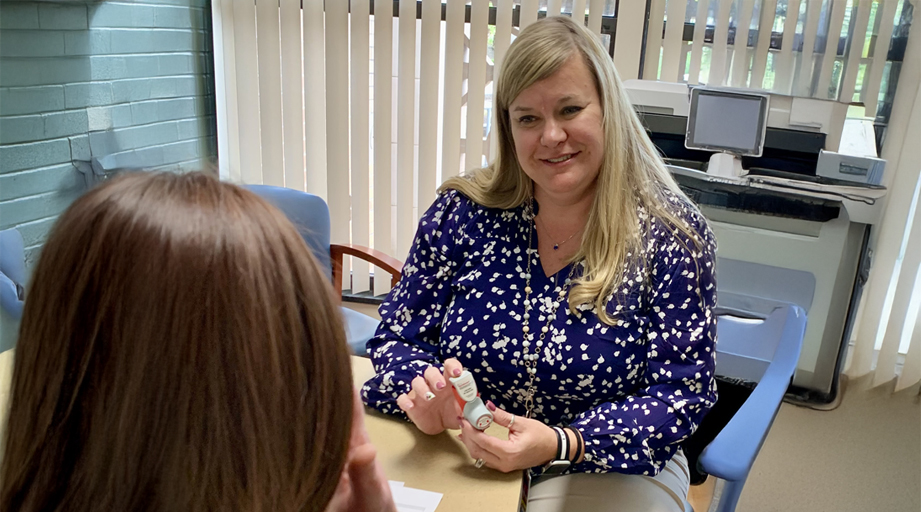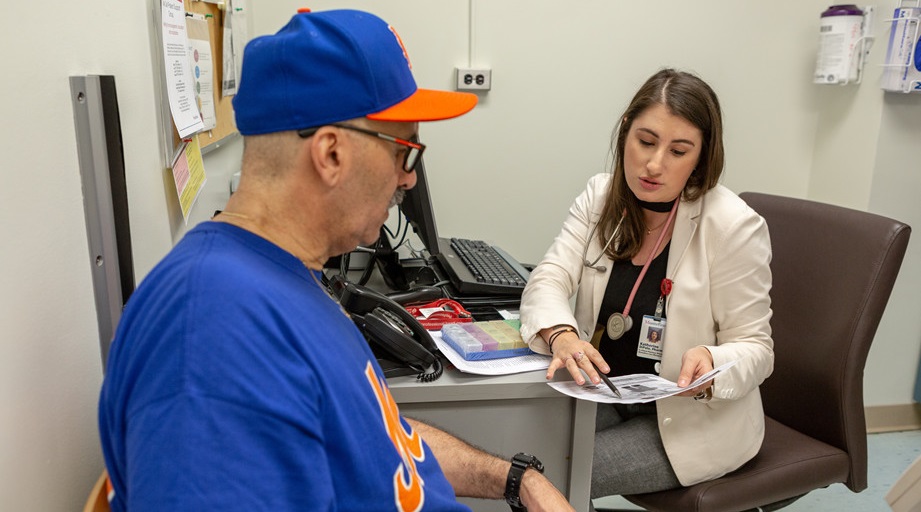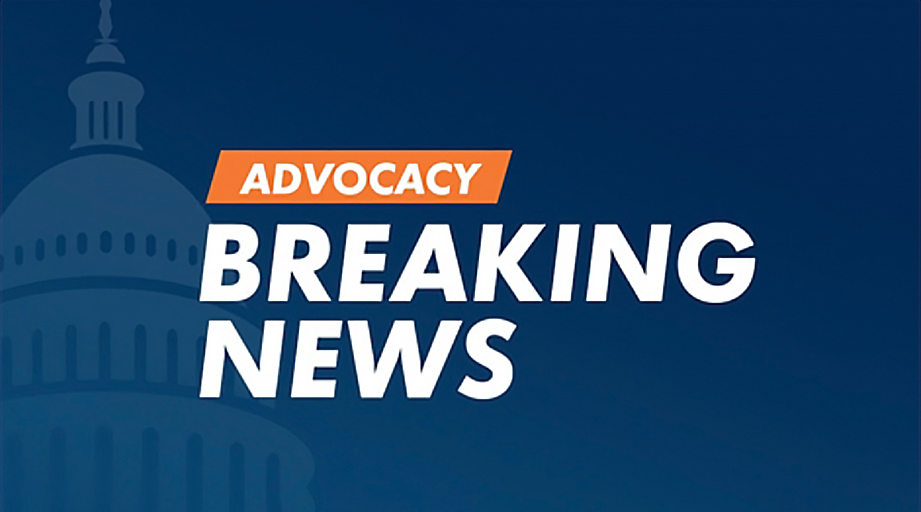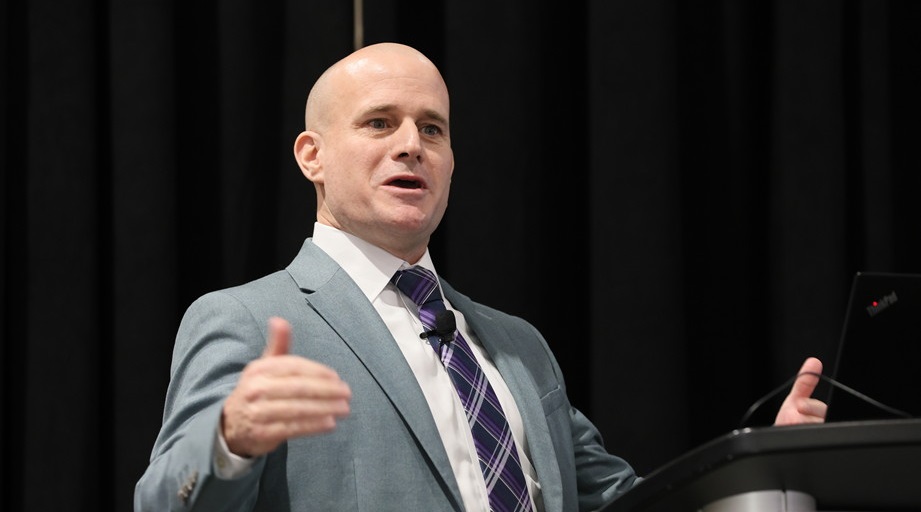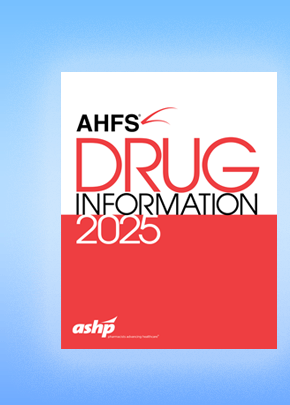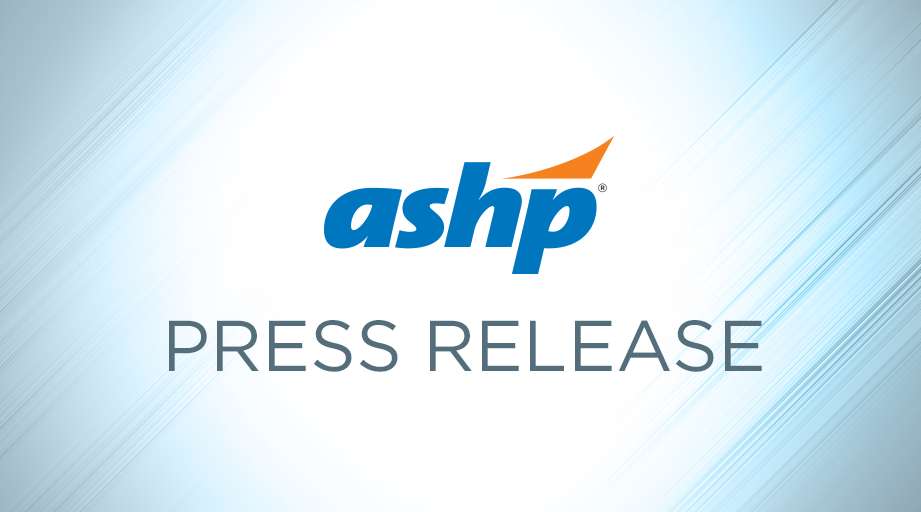
Updated Guidelines Provide Strategies to Minimize Impact of Drug Shortages on Patient Care
ASHP today published updated national guidelines outlining best practices for responding to drug shortages. The ASHP Guidelines on Managing Drug Product Shortages provide a framework that can be used by healthcare teams in patient care settings to develop policies and procedures to minimize the impact of drug shortages on quality of care.
Drug shortages have a tremendous impact on the U.S. healthcare system, which spent an estimated $209 million in 2013 for the purchase of more expensive substitutes alone. This estimate does not include other significant costs, such as the added labor required to identify available alternative products and to ensure operational changes to accommodate the product changes.
The ASHP Guidelines on Managing Drug Product Shortages provide recommendations on strategies and processes for informing practitioners of shortages and ensuring the safe and effective use of therapeutic alternatives. These guidelines were developed by one of the nation’s leading experts on drug shortages, Erin R. Fox, Pharm.D., BCPS, FASHP, Senior Director of Drug Information and Support Services, University of Utah Health, and Adjunct Associate Professor, University of Utah College of Pharmacy, Salt Lake City.
“ASHP and our colleagues at the University of Utah have been leaders in providing ASHP members, policymakers, and the entire healthcare community with timely information, solutions, and proactive advocacy on addressing and preventing drug shortages for more than 15 years,” said ASHP CEO Paul W. Abramowitz, Pharm.D., Sc.D. (Hon.), FASHP. “The ASHP Guidelines on Managing Drug Product Shortages will serve as a valuable resource for pharmacy departments to lead healthcare teams in taking a proactive approach to preparing for and responding to drug shortages. ASHP will continue to be the leader on this critical patient care and patient safety issue until we find solutions that ensure that no patient is ever adversely affected by drug shortages.”
The guidelines are published online here, and they will be published in the November 1, 2018, issue of AJHP.
About ASHP
ASHP represents pharmacists who serve as patient care providers in acute and ambulatory settings. The organization’s 45,000 members include pharmacists, student pharmacists, and pharmacy technicians. For more than 75 years, ASHP has been at the forefront of efforts to improve medication use and enhance patient safety. For more information about the wide array of ASHP activities and the many ways in which pharmacists advance healthcare, visit ASHP’s website, www.ashp.org, or its consumer website, www.SafeMedication.com.

